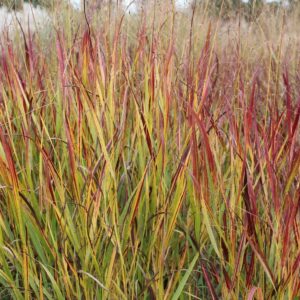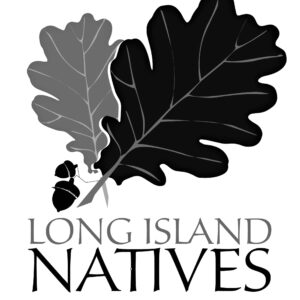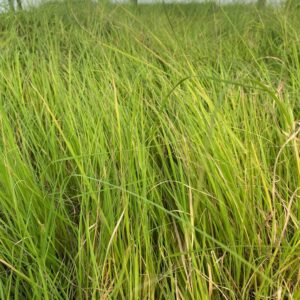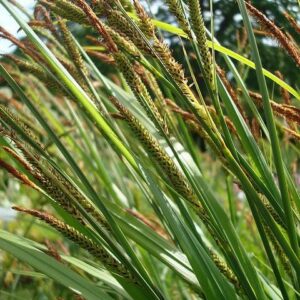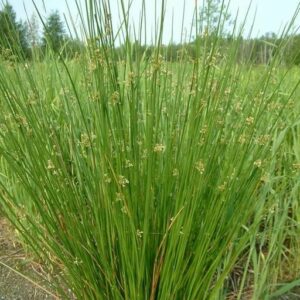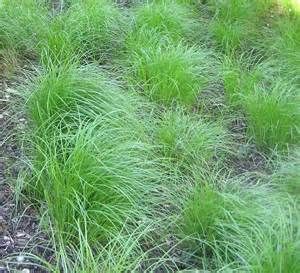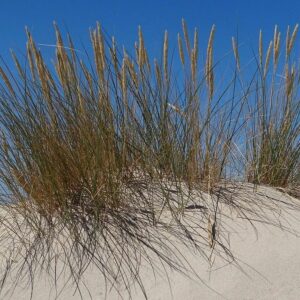- Ph: (631) 801-2855
- All Visits by Appointment Only
- info@linatives.com
- My Account
The seeds of broomsedge are evenly distributed along the 2-5 ft. stems and are striking in fall and winter when the fine hairs of the expanded racemes catch the sunlight. The clump-forming, perennial grass turns a tawny brown in fall. Unlike its relatives, Big and Little Bluestem (Andropogon gerardii and Schizachyrium scoparium), Broom-sedge can be an invader on disturbed lands, where it helps to control erosion. It is the primary native meadow grass in the northeast.
Straight Species
$9.99 – $99.99
Please note: Most pictures represent mature plants. Unless otherwise specified, all of our plants are sold in 4″ pots to make shipping possible and will mature in time.
Learn more about how the process works and how our plants are delivered.



| Native | |
|---|---|
| Sunlight | |
| Moisture | |
| Wetland Indicator | |
| Special Attributes | |
| Size | 1 Gallon, 1 Quart, Full Flat (50) 2" Plugs |
The seeds of broomsedge are evenly distributed along the 2-5 ft. stems and are striking in fall and winter when the fine hairs of the expanded racemes catch the sunlight. The clump-forming, perennial grass turns a tawny brown in fall. Unlike its relatives, Big and Little Bluestem (Andropogon gerardii and Schizachyrium scoparium), Broom-sedge can be an invader on disturbed lands, where it helps to control erosion. It is the primary native meadow grass in the northeast.
Straight Species
